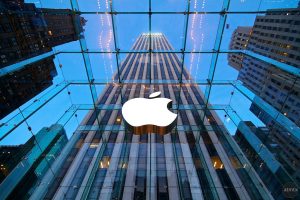High Fashion and Luxury Demand Omnichannel Engagement Solutions
October’s Luxury Interactive conference in New York City came and went with little fanfare in Midtown Manhattan. Overshadowed during the three short days by the much larger Comic-Con across town, Luxury Interactive drew a very particular crowd: retailers needing to differentiate their brand online, and the service providers peddling solutions.
In talking to today’s marketing and ecommerce gurus from the leading fashion brands of the world, it was clear that there are two specific priorities on everyone’s wish list for 2015…
- A solution to execute high-touch campaigns in the omnichannel (especially for smaller, more exclusive luxury companies).
- A tool to efficiently curate user-generated content so that it can be repurposed as additional art while successfully excluding low quality and/or unfashionable images.
The first problem seemed to be the most pressing, whether it was an agency like Huge Inc., or a large retailer like Saks Fifth Avenue; getting that Saturday champagne and brunch shopping experience to play in the digital world is a constant struggle. Luxury brands differentiate themselves through the projection of quality, whether it is the service level delivered by associates, the décor in the store, or the quality of the actual goods, luxury depends on differentiation for that extra margin. This isn’t easy to do in the digital world.
One great example of someone doing this well is Mitchell’s stores. Mitchell’s spent two years working on its ecommerce experience. Mitchell’s is arguably the single most revered luxury retailer in America. Mitchell’s is known not only for its quality products and high-class clientele, but also for the services provided in its stores. According to a conversation I had with Bob Mitchell, company president and author of “Hug Your Customer”, the company spent two years developing its ecommerce platform because they recognized that the brand needed to survive online, and therefore the customer experience needed to replicate the service level found in stores.
They really did a great job.
For example when I log in:
- my salesman is featured prominently
- I have my own dashboard that includes my most recent purchases
- a list of recommendations (from both my salesman and the computer), and a calendar of events amongst other features show up
Differentiation is the key for maintaining luxury brands online, if you go above and beyond to provide extraordinary service in-store, you must now do even more online to make sure your shopping experience differentiates itself from your down-market competition. For marketers, that means using all the customer data available to personalize and cater to customers.

The agencies that I spoke with tended take the Mitchell’s view of luxury ecommerce, that luxury brands need to invest in a specific customer service experience, like having access to my personal sales associate while I browse the web, rather than repurpose third party technologies popular with mid market ecommerce businesses. The luxury brands themselves were less convinced that such investments are necessary. I think we’ll find that many of these luxury brands invest in small solutions to replicate the high-touch feel and balk on larger investments in a bespoke ecommerce ecosystem.



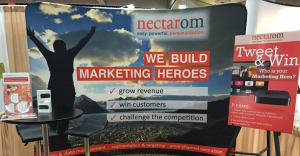

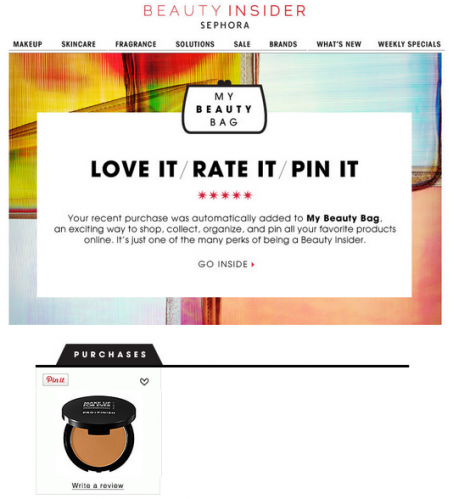 Buy in store, receive an email asking for a review. I recently purchased foundation from Sephora at one of their mall locations and received this email a few days later.
Buy in store, receive an email asking for a review. I recently purchased foundation from Sephora at one of their mall locations and received this email a few days later.
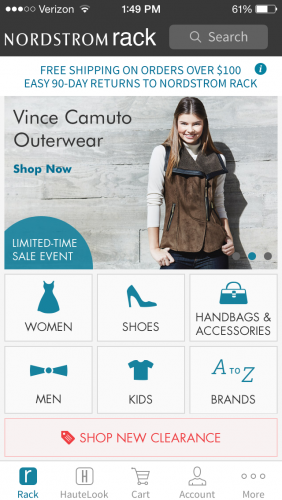
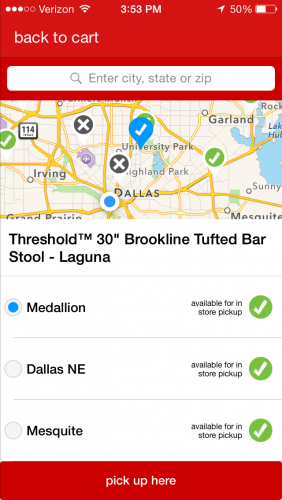 Target’s omnichannel experience consists of ship-to-store, pick-up at store, ship-to-home, an ecommerce website, and a mobile app. Target’s mobile app allows for customers to pinpoint exactly where items are located in the store, down to the precise aisle of where they reside. Other features of the mobile app include adding items to your virtual cart and selecting pick up in store, a map of the store layout, a coupon/savings section, shopping list, registry list, and wish list among others.
Target’s omnichannel experience consists of ship-to-store, pick-up at store, ship-to-home, an ecommerce website, and a mobile app. Target’s mobile app allows for customers to pinpoint exactly where items are located in the store, down to the precise aisle of where they reside. Other features of the mobile app include adding items to your virtual cart and selecting pick up in store, a map of the store layout, a coupon/savings section, shopping list, registry list, and wish list among others.

